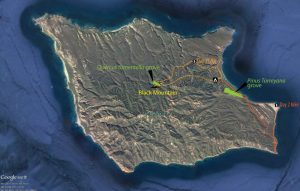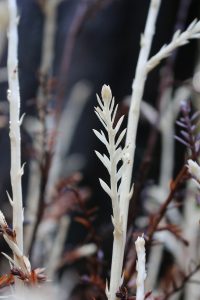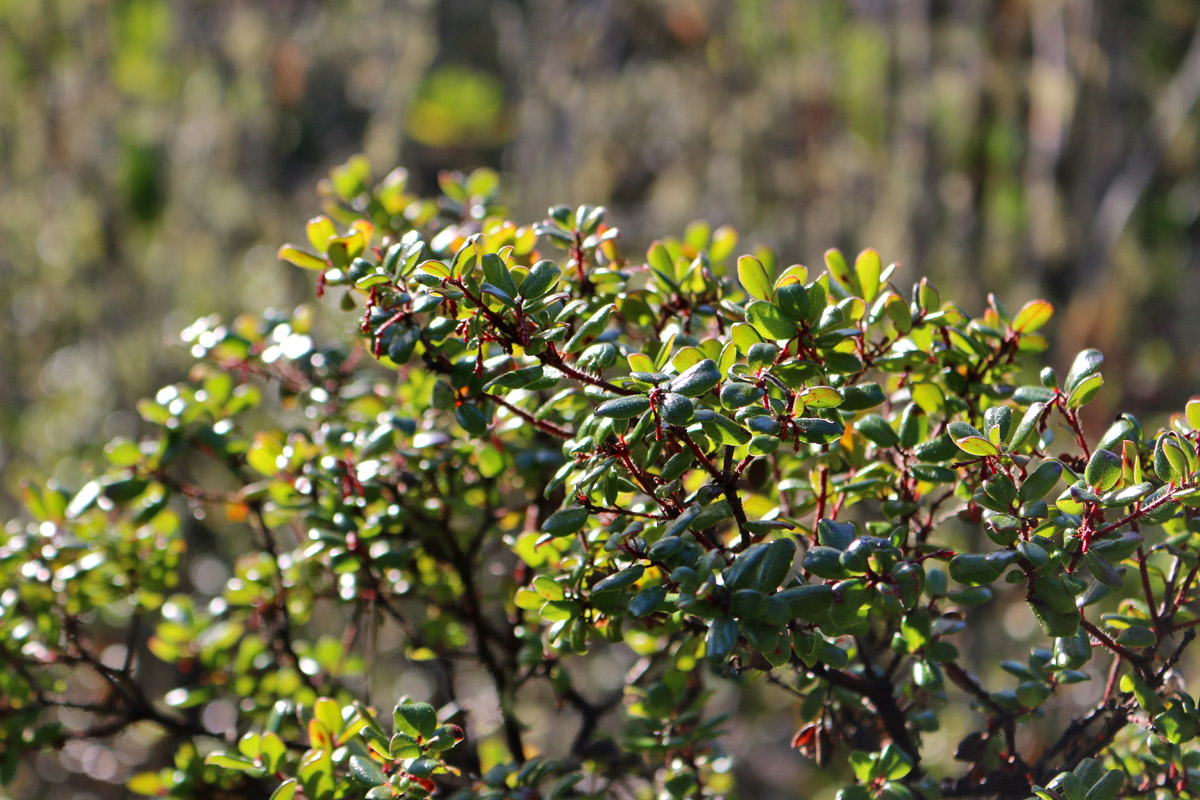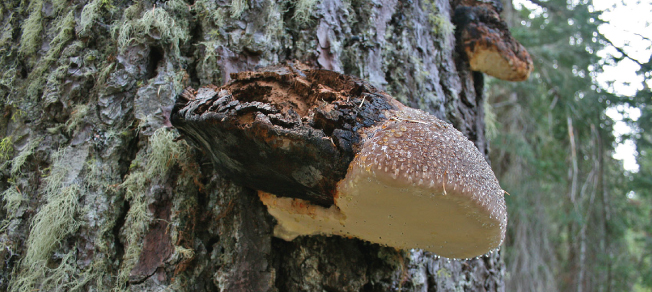
Channel Islands National Park
In 1998 I first visited the Channel Islands. This was early in my naturalist career but I was struck, none-the-less, by the beauty and isolation I found on Santa Cruz Island. On that trip I first saw the endemic island scrub jay (Aphelocoma insularis) and began to develop an understanding and interest in island biogeography. Twenty years later this experience brought me to Santa Rosa Island–in major part to see the Torrey pine grove–but also for the opportunity to explore one of the least visited places in Southern California.
Santa Rosa Island is separated from the mainland by over 25 miles of water. The next closest landmass is San Miguel, which is now isolated from Santa Rosa by three miles of water. Isolation has nurtured endemism on both a localized island level as well as on a unifying level between islands. Combined, all the Channel Islands are home to 150 species of unique plants and animals. Santa Rosa hosts 46 of those, including six endemic plants that grow nowhere else.
Continue reading “Santa Rosa Island”





